In the future, under the deep integration of AI visual inspection and adaptive slitting technology, the slitting machine will realize the transition from "mechanized tool" to "intelligent decision-making system". Here's a breakdown of the forward-looking vision and potential use cases for this technology portfolio:
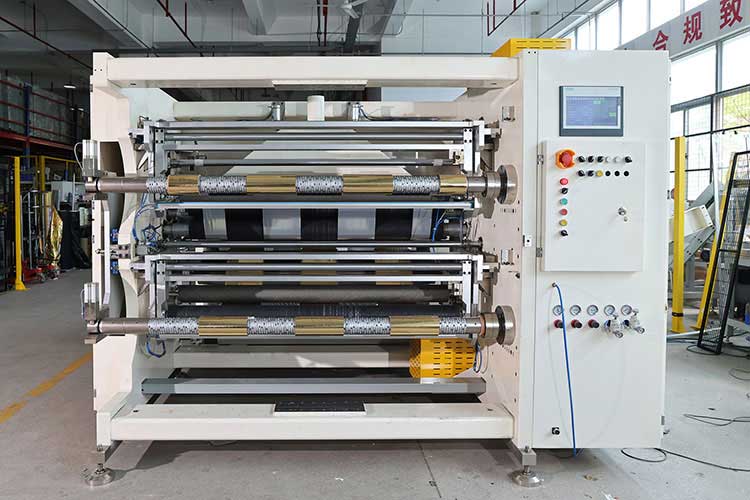
1. Subversive upgrade of the technology core
• Super-resolution dynamic scanning
Equipped with hyperspectral imaging + terahertz wave detection, breaking through the limitations of visible light. For example, in the slitting of lithium electrode chips, the internal quality of the material is predicted and slitted through subsurface defect detection (such as microcracks, impurity distribution).
• Neural symbol hybrid AI
Combining deep learning (defect identification) and symbolic logic (process rule base), causal reasoning decisions such as "automatically switching the slitting parameters of the vibrating knife when a 0.1mm bubble at the edge of the film is detected" can be realized.
• Multiphysics simulation engine
Simulate insert-material interactions in real time before slitting, predict flash, heat-affected zone and other issues, and adjust spindle torque/feed rate in advance (e.g., avoid delamination when slitting carbon fiber composites).
2. The paradigm revolution of adaptive slitting
• Quantum sensing feedback systems
Using the diamond NV color center sensor, the nanometer level is used to monitor the blade stress change and dynamically compensate for the micron-level deformation (suitable for ultra-thin slitting of silicon wafers).
• Bio-inspired knife design
Self-sharpening coated tools that mimic the tooth-like structure of sharks, combined with AI wear prediction models, can extend tool life by more than 300%.
• Phase change material buffer mechanism
The stiffness is changed by a magnetorheological fluid at the moment of slitting to absorb sudden vibrations (e.g. when dealing with stacks of heterogeneous materials).

3. Full-link autonomous evolution system
• Digital twin sandbox
In the virtual space, all slitting parameter combinations are exhausted, and AI automatically generates such as "knowledge graph of optimal slitting parameters for PETG film".
• Federated Learning Collaboration Network
A learning alliance is formed across factory devices to share empirical models such as "edge slitting jitter suppression" under the premise of protecting data privacy.
• Self-explanatory maintenance agreements
When the remaining life of the spindle bearing is predicted< At 50 hours, not only an alarm is generated, but also a visual fault tree is generated with "harmonic distortion due to grease oxidation".
4. Breakthrough cases in extreme scenarios
• Space manufacturing scenes
In the microgravity environment, AI judges material deformation through laser speckle analysis, and magnetic levitation turrets achieve contactless slitting (maintenance of flexible solar film for space stations).
• Biopsy tissue section
In medical scenarios, OCT optical coherence tomography is combined to adaptively adjust the cryo-slitting rhythm (such as the preparation of corneal transplant materials).
• Self-healing material processing
When slitting composites with microcapsule self-healing function, AI actively avoids the capsule-rich area to maintain the material properties.
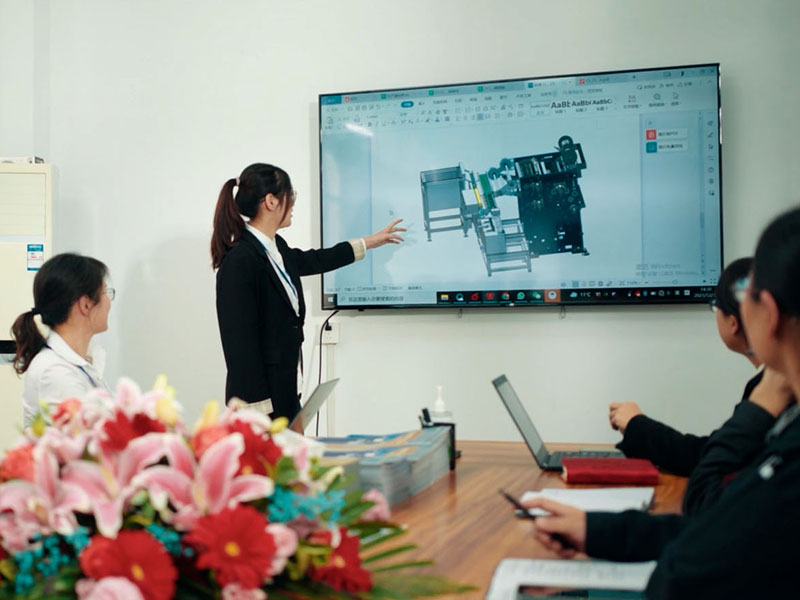
5. Business ecosystem reconstruction
• Slit-as-a-Service (CaaS)
The customer uploads the 3D scan file of the material, and the cloud platform returns the optimal slitting scheme and automatically generates an actuarial report (such as slitting loss rate < 0.5% warranty commitment).
• Carbon Footprint Optimizer
AI calculates the minimum energy consumption slitting path and generates tradable carbon credit certificates (applicable to EU CBAM carbon border tax scenarios).
• Disruptive billing models
Charge per "effective slitting area" rather than equipment man-hours, incentivizing suppliers to optimize material utilization.
Technology maturity roadmap
• 2025-2028: Industrial-grade multi-modal sensor fusion solution matures
• 2029-2032: Millisecond-level slitting decisions based on spiking neural networks
• 2033+: Quantum-classical hybrid computing for atomic-level slitting accuracy
This technological evolution will completely change the mode of "blind cutting + post-inspection" of traditional slitting machines, build a closed-loop intelligence of "perception-prediction-execution-verification", and finally realize the paradigm of "zero-defect manufacturing" in the field of material processing.



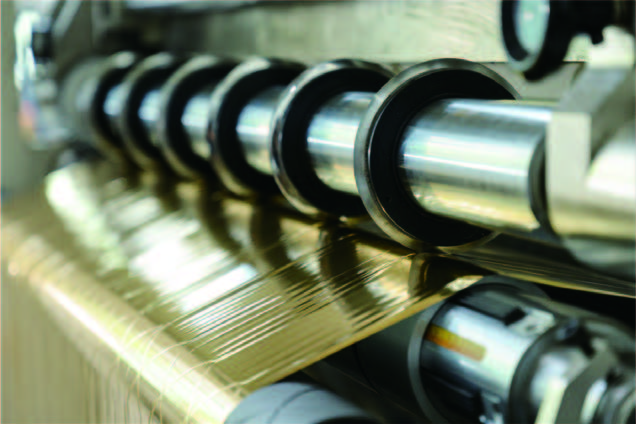
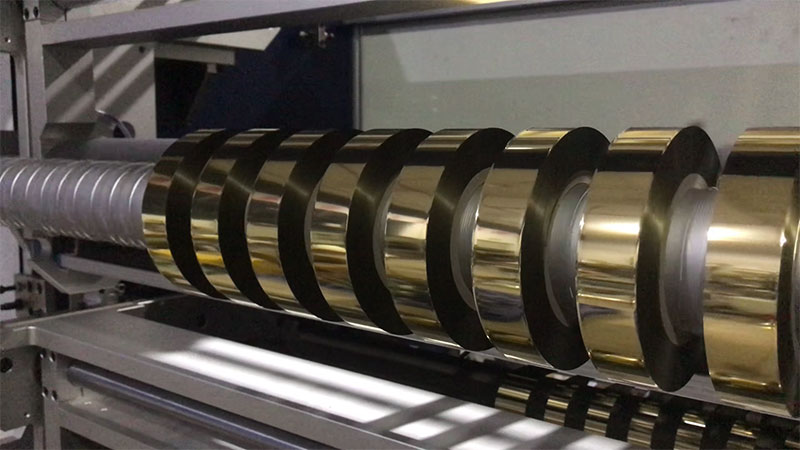
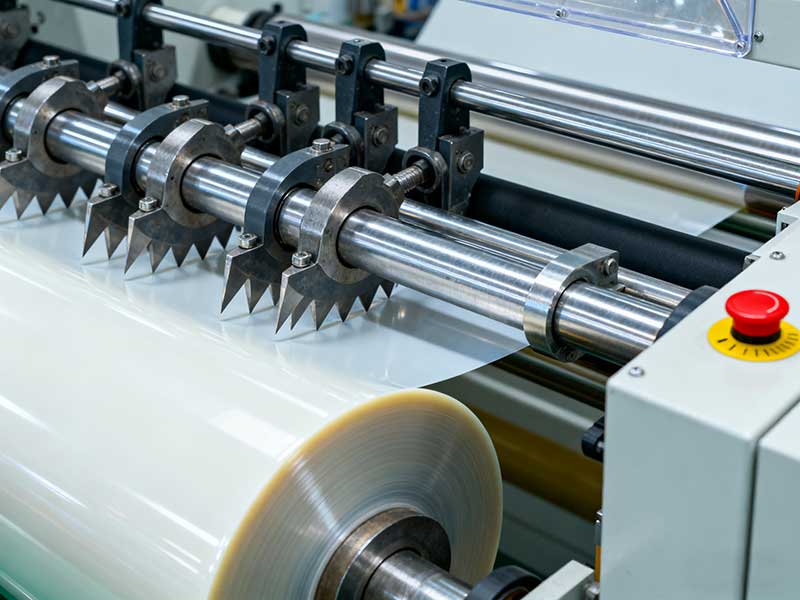
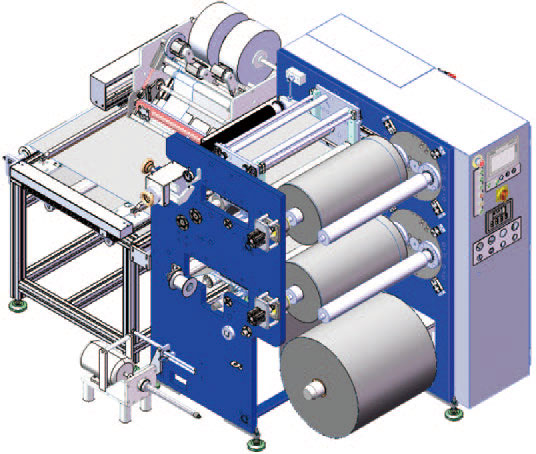
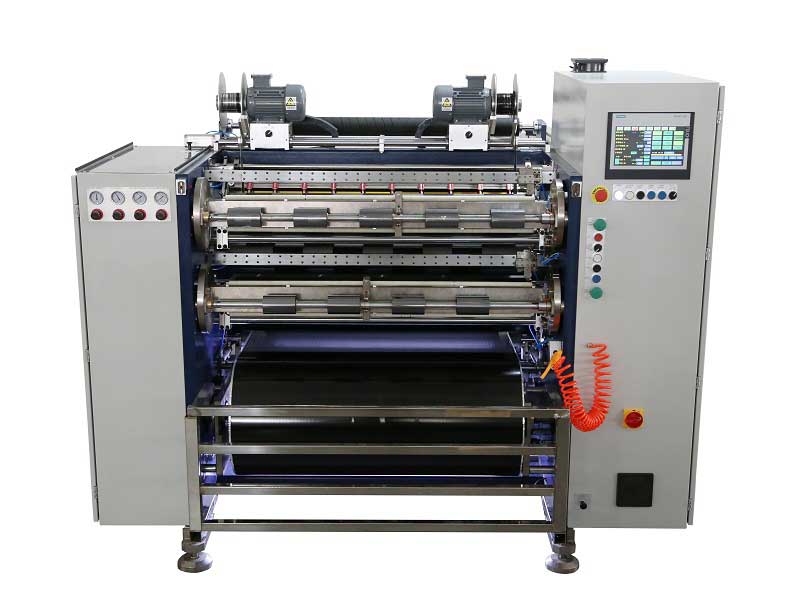 Automatic Thermal Transfer Ribbon Slitting Machine RSDS8 H PLUS
Automatic Thermal Transfer Ribbon Slitting Machine RSDS8 H PLUS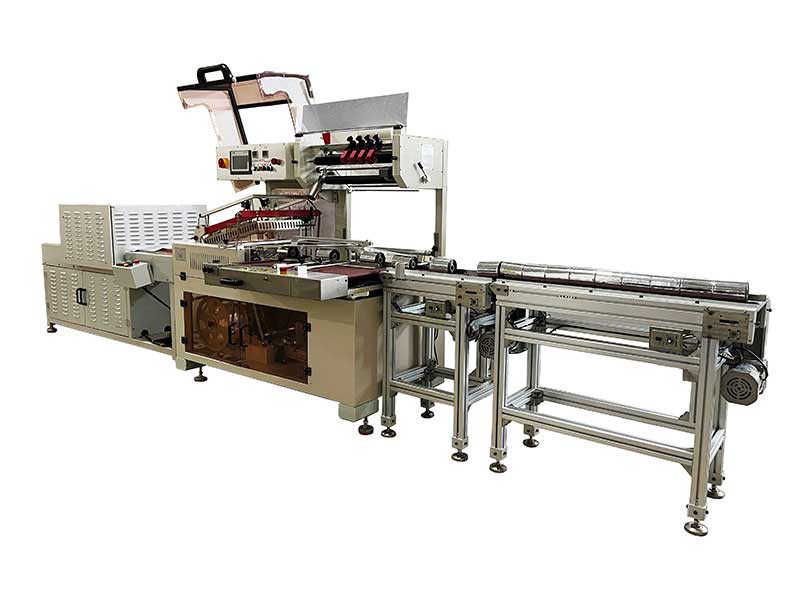 Thermal Transfer Ribbons Packaging Machine
Thermal Transfer Ribbons Packaging Machine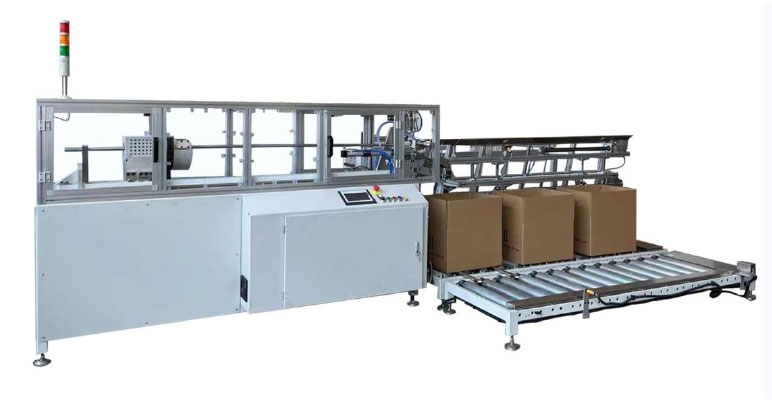 Automatic Paper Core Cutting Machine
Automatic Paper Core Cutting Machine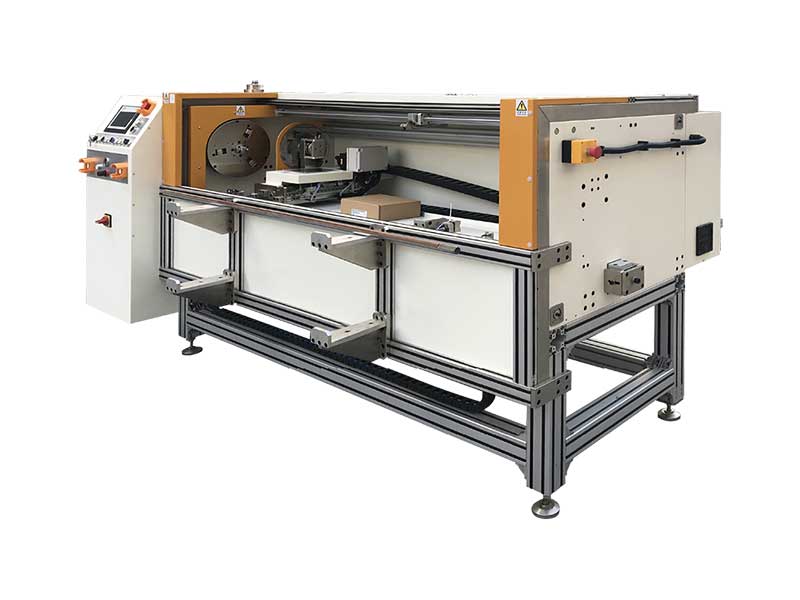 Automatic Foil Roll Cutting Machine
Automatic Foil Roll Cutting Machine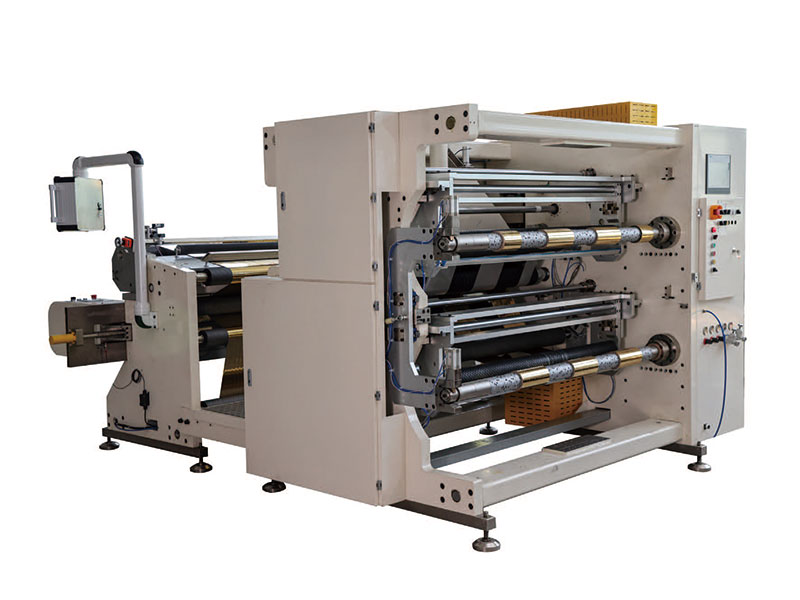 1400mm Hot Stamping Foil Slitting Machine
1400mm Hot Stamping Foil Slitting Machine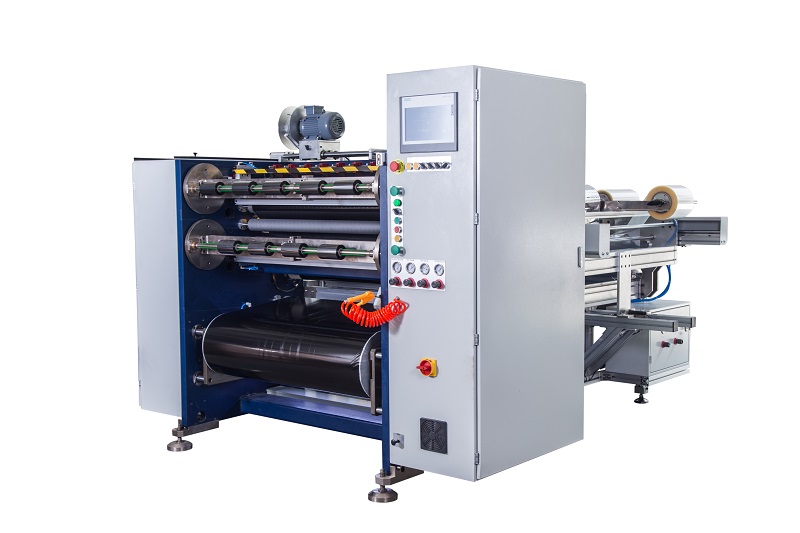 Semi Automatic Thermal Transfer Ribbon Slitting Machine RSDS5 PLUS
Semi Automatic Thermal Transfer Ribbon Slitting Machine RSDS5 PLUS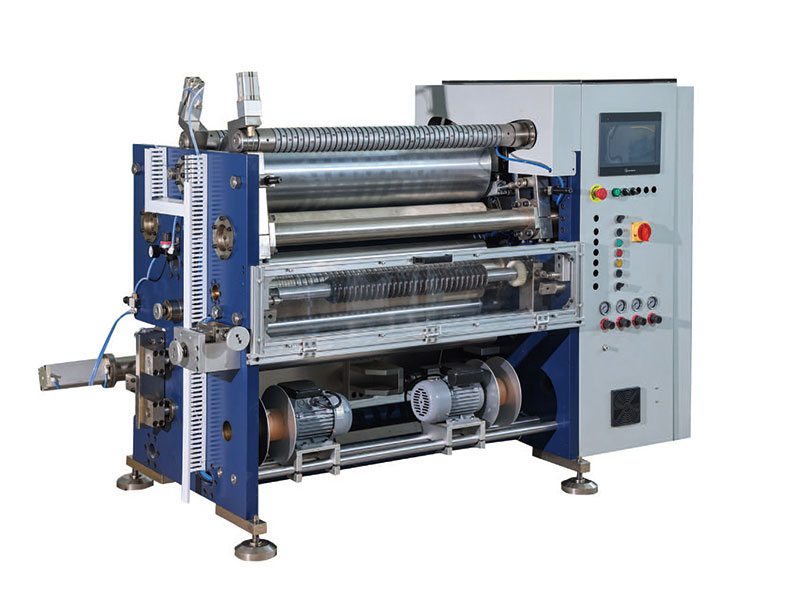 800mm Hot Stamping Foil Slitting Machine
800mm Hot Stamping Foil Slitting Machine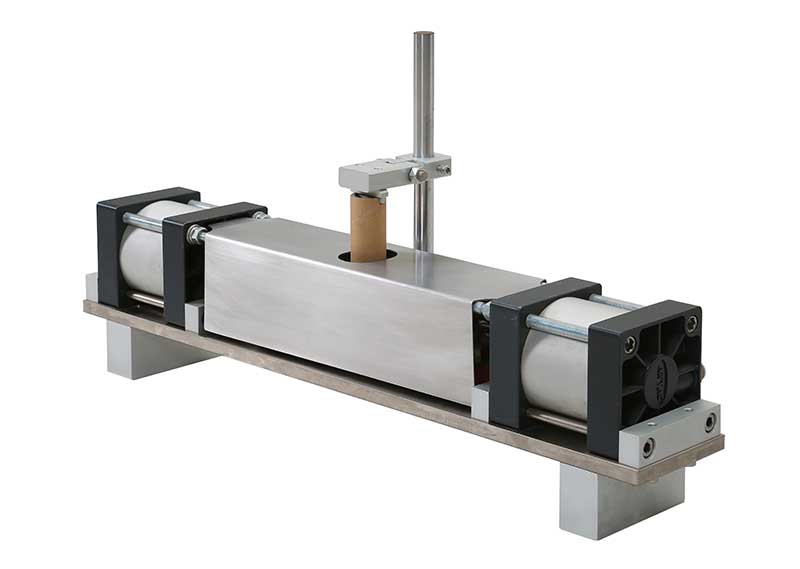 Paper Core Notch Puncher
Paper Core Notch Puncher

